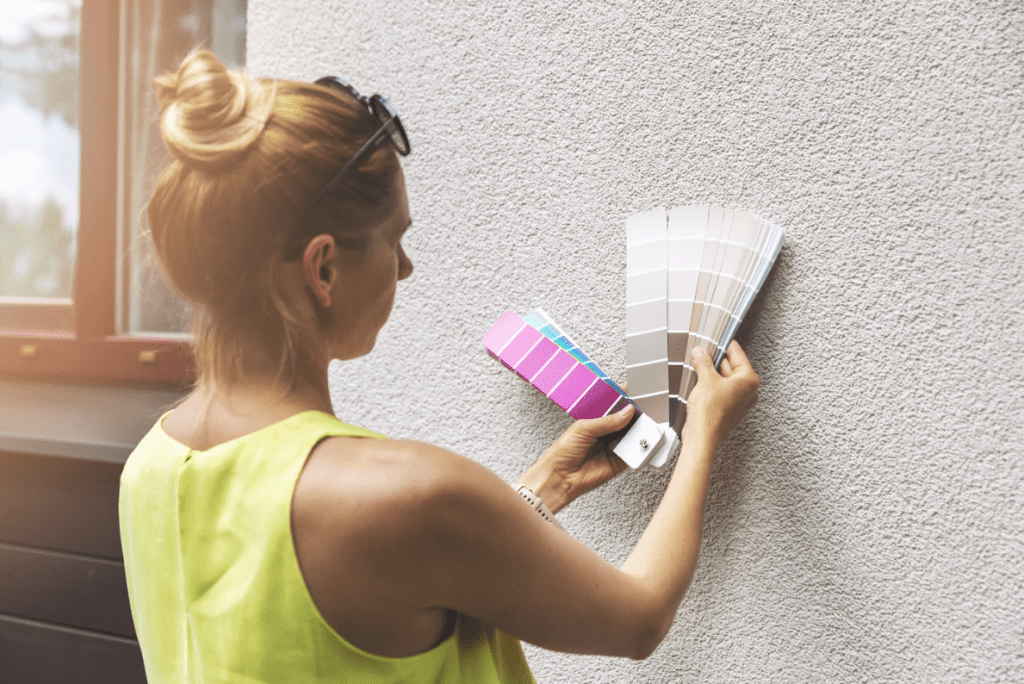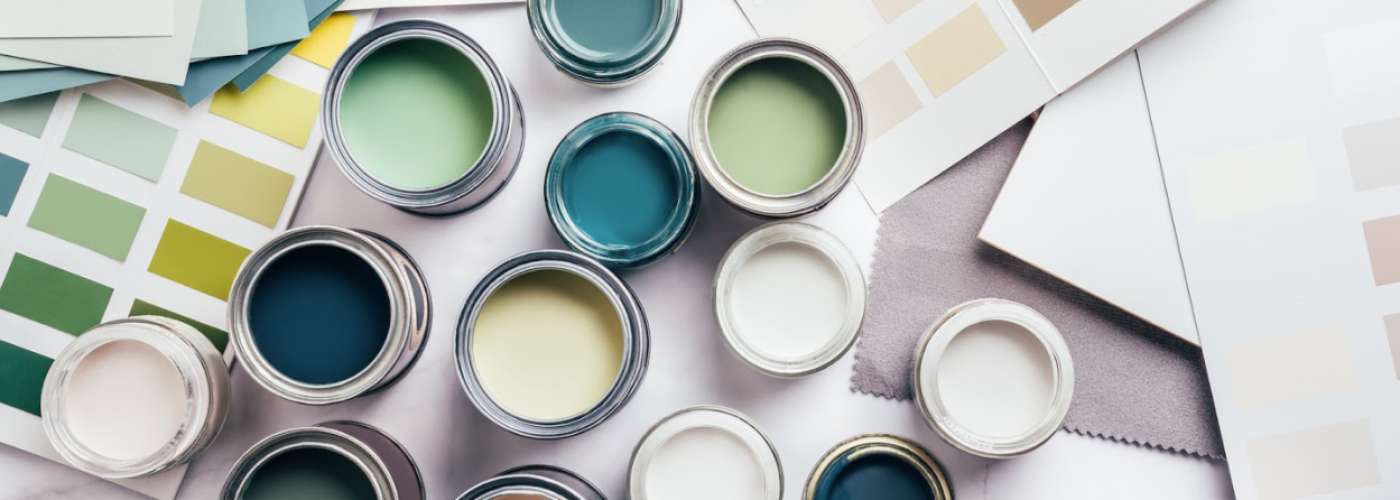Painting a room may seem like a straightforward task at first glance. Yet, how many times have you heard stories of people who invested time and money in a paint job only to be disappointed with the final shade on their walls?
The subtle undertones that looked perfect in a store might suddenly seem out of place in the warmth of a living room or the soft light of a bedroom. For homeowners and DIY enthusiasts, there’s nothing quite as frustrating as watching their carefully selected hue lose its charm once applied.
The solution? Testing wall paint, perhaps starting with a Benjamin Moore paint sample or a similar product, before finalising that all-important colour choice. This guide will walk you through essential steps and share invaluable tips to ensure the shade you choose complements your space as you envisioned.
Steps For Accurately Testing Wall Paint
Embarking on a painting project can be exciting, but ensuring the colour matches your vision requires a systematic approach.
- Understand your surface -Each wall possesses a distinct texture from materials like drywall, plaster, or wood. Before starting, you must determine the surface type because it influences how paint sticks and its appearance once it dries.
- Gather your supplies – Beyond just your paint, a proper testing process requires a few essentials. Assemble brushes of various sizes, a primer (especially if you’re covering a dark or vibrant colour), painter’s tape for clean edges, and cleaning materials to ensure the wall is free from dust and grime.
- Choosing the right colours – Your room’s lighting, size, and existing décor significantly affect how a colour materialises on your walls. While digital visualisers offer a glimpse, nothing beats the authenticity of seeing a shade in its intended environment. For instance, if you’re considering a premium paint like Benjamin Moore ADVANCE paint or a similar one, it’s worthwhile to see it firsthand on a small patch to appreciate its depth and finish.
- Apply the paint sample – When you’re ready to test, shake your paint sample well. Use painter’s tape to section off a small area and apply a patch of paint, ensuring it’s large enough to get a good sense of the colour. Experts often recommend two coats to capture the shade’s depth and richness.
- Evaluate over time and in varying light – Colours can appear different from the morning sun to the evening’s soft glow. Allow yourself a few days to observe your paint sample under these changing conditions, reflecting on its consistency with your vision.
- Decide on the finish – A matte finish might give a modern, chic look, while a gloss can add vibrancy and shine. Each finish can subtly alter the appearance of your colour, so decide which aligns best with your desired outcome.
With these steps in hand, navigating the world of wall paint becomes less daunting, paving the way for a room transformation that genuinely resonates with your style.
Tips For More Accurate Paint Testing
While the process of paint testing might seem effortless, a few strategic considerations can significantly enhance the accuracy and satisfaction of your final colour choice.
- Test away from bold colours – When you sample a new shade, place the test patch away from vibrant wallpapers or coloured décor. Such surroundings can skew your perception due to colour reflection and contrast.
- Assess the sample size– When it comes to paint samples, bigger is often better. A more extensive test patch provides a clearer vision of how the paint will look en masse instead of a tiny swatch that might not offer the whole picture.
- Trust your instincts – Although getting feedback from friends and family can be beneficial, remember that everyone’s perception of colour differs slightly. Choosing a shade that resonates with your preferences and the intended mood for the room is essential.
- Account for room functionality – Different rooms serve different purposes. Think about the activities that will take place in the space – whether it’s a serene bedroom or a bustling kitchen – and choose colours that complement those functions.
- Avoid rushed decisions – It’s crucial not to rush your choice within the vast spectrum of paint shades. By familiarising yourself with a sample over time, you can gauge its suitability and understand its nuances in your space.
- Consult different sources – While paint brochures and swatches are helpful, don’t limit yourself to them. Explore online communities, interior design magazines, and even apps that allow you to visualise colours in virtual room settings. Consulting other avenues broadens your perspective and could reveal shades you hadn’t considered.
- Consider the room’s humidity – The moisture level in a room, be it a humid bathroom or a dry living room, can affect how paint dries and its eventual appearance. When testing, factor in the room’s typical humidity levels to get a true sense of the result.
These tips make the path to pinpointing the perfect paint shade clearer. Not only will you make a choice that captures your vision and stands the test of time, but you’ll also steer clear of potentially costly mistakes, making the endeavour both fulfilling and economical.
Final Thoughts
Painting is more than just a task; it’s a transformative experience for any space. As you journey through this vibrant world of hues and tones, remember that the walls of your home are canvases waiting for the perfect shade. Ready to bring your vision to life? The ideal paint awaits your discovery.






